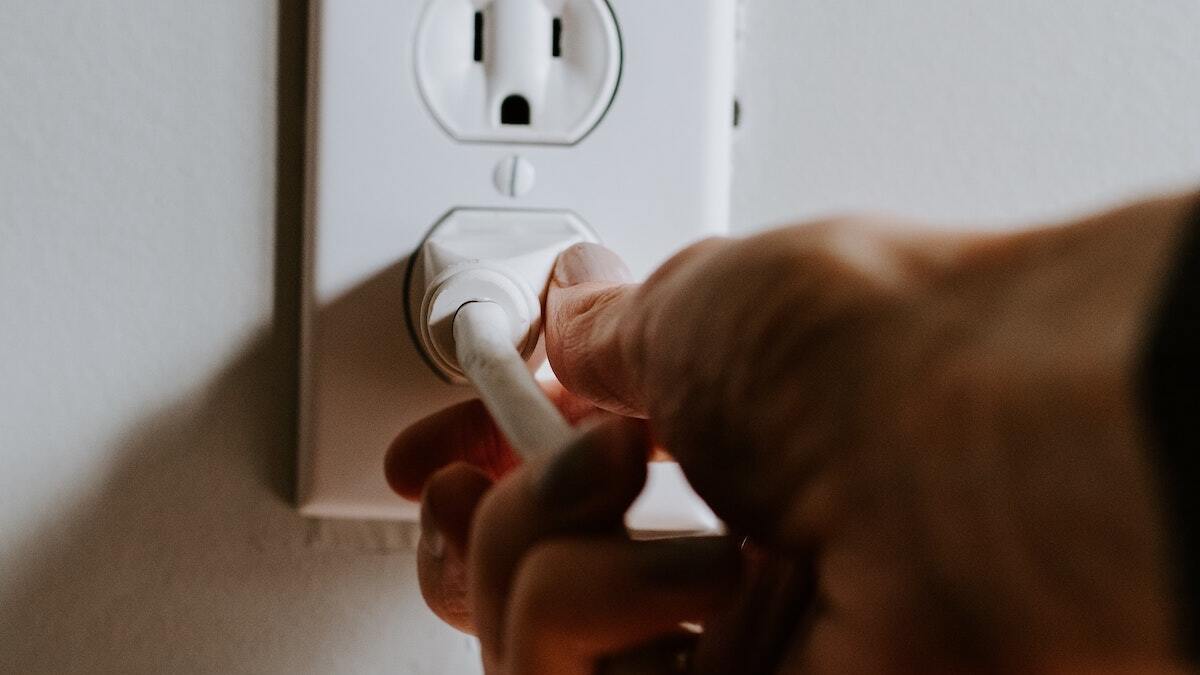Residents in Michigan are expected to pay 62% more on electricity this winter compared to a year ago. | Unsplash/Kelly Sikkema
Residents in Michigan are expected to pay 62% more on electricity this winter compared to a year ago. | Unsplash/Kelly Sikkema
Residents of Michigan are expected to see average electricity prices 62% higher this winter when compared to 2022, according to an Energy Information Administration (EIA) report.
States in the Central region of the country, including Michigan, are expected to see a surge in prices. There are 11 Short-Term Energy Outlook (STEO) electricity supply regions that the EIA analyzes on a monthly basis. This month's data shows an average 50.6% increase for average on-peak wholesale electricity prices across the United States.
"We expect higher wholesale electricity prices this winter in every region of the country," the EIA said on Twitter. "Our forecast for wholesale winter electricity prices ranges from 31% higher in the Southwest to more than 60% higher in the mid-Atlantic and central regions."
According to EIA data, Mid-Atlantic and Central region states that rely on the Pennsylvania, New Jersey and Maryland (PJM) and the Southwest Power Pool (SPP) electricity supply chains will see the largest price increases during this year's winter months. The 2022-2023 forecast for electricity prices in both regions December through February are expected to be 62% higher than that of the winter months in 2021-2022.
According to the EIA, the New England region, expected to experience the highest wholesale prices this winter, is likely to average in excess of $180 per megawatt hour and could have wholesale electricity price peaks higher than $200/MWh in January. This is more than three times higher than peak rates elsewhere in the country.
Retail electricity prices are also expected to be higher this winter. The EIA forecasts residential electricity prices to average 14.5 cents per kilowatthour in the core winter months December through February, 6% higher than last winter. Price increases range from almost no change in the West North Central region to 18% in the New England region.
The EIA continues to expect limited natural gas production in the Permian Basin into early 2023, driven by the lack of pipeline capacity to bring associated natural gas production to market. This, along with higher winter natural gas demand and rising liquid natural gas (LNG) exports, are contributing to the expected higher prices.
EIA data reveals the smallest winter-over-winter price increase will be on the West Coast. However, the spike is still significant, as the California ISO electricity supply chain region will experience 33% higher prices when compared to last winter.






 Alerts Sign-up
Alerts Sign-up